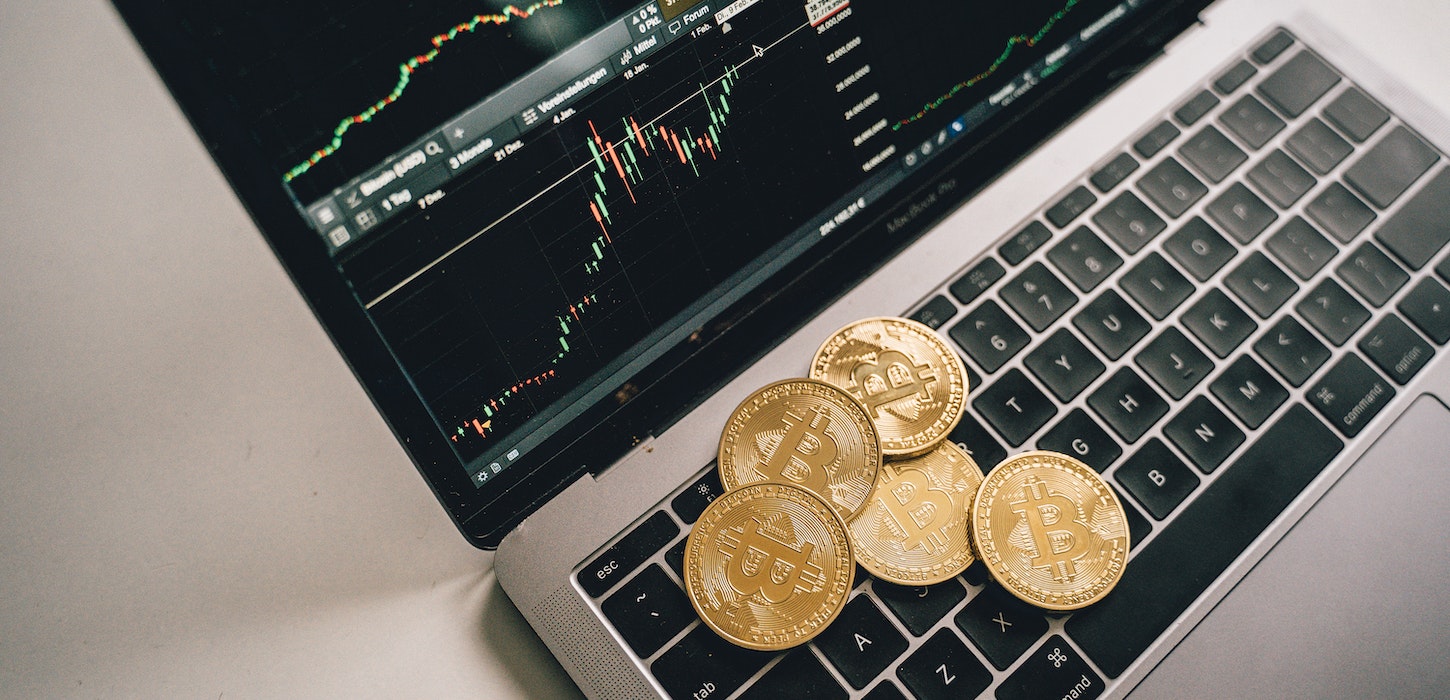For years, enthusiasts and various publications worldwide have discussed the possibility of mass-market adoption of cryptocurrency payments.
In 2017, Amelia Tomasicchio from Eidoo, a hybrid multi-asset wallet technology company, wrote in Forbes that mass adoption of cryptocurrency is edging closer and closer, urging readers to be prepared for the rapid change this adoption would represent. Faced with emerging humanitarian and economic crises, people are increasingly more invested in preparing for the worst-case scenarios. Alongside packing tech survival kits with data storage devices, chargers, and tech tools, they’re trying to protect their crypto investments and savings and prepare for future financial challenges
However, the road hasn’t always been smooth for crypto enthusiasts and investors. From May to June of 2022, cryptocurrencies lost almost US$1 trillion in value. Bitcoin saw a colossal drop in value. In November 2021, Bitcoin hit a record of £49,838 but slumped to £18,976 during the 2022 valuation crash.
Since then, investors have been cautious. Given the current bear market, many investors are waiting for prices to break above a certain level before regaining their bullish feelings to invest further.
Despite the amount of risk involved, many professional athletes, including Odell Beckham Jr., Klay Thompson, and Aaron Rodgers, have all decided to take all or a portion of their salaries in digital currencies. City officials, including Miami and New York City mayors Francis Saurez and Eric Adams, have also chosen to receive a part of their salary in crypto to demonstrate their cities' acceptance of mass-market crypto adoption and lend a sense of legitimacy to the industry.
In September 2021, El Salvador made history when they officially made Bitcoin legal tender in the country. Many of its business owners promptly signed up to receive a government-backed digital wallet that enabled them to use Bitcoin. Businesses soon found themselves facing technical issues and problems with price volatility. Some even lost money. According to reports, multiple companies around Bitcoin Beach, El Salvador’s Bitcoin economic strip, have given up on using Bitcoin because of how easy it is for the currency to lose value. Others on the other hand still don’t fully understand the technology behind the currency.
Following the adoption of Bitcoin as legal tender, El Salvador was criticised heavily by the International Monetary Fund (IMF) because of the increased risk of financial instability. According to the IMF, using cryptocurrency as legal tender poses risks to a country’s financial system, fiscal balance, and relationships with foreign countries.
While Tomasicchio wasn’t technically wrong with their statement, it’s clear that the world is still grappling with the concept of cryptocurrencies and their impact on the economy, even in 2022.
In a recent report, American blockchain data platform Chainalysis revealed that global cryptocurrency adoption has slowed less than expected. The adoption of crypto has, in fact, exceeded pre-bull market 2019 levels. In the report, Chainalysis’ director of research shares that while the adoption rate hasn’t been all that substantial, it shows the different ways people are adopting cryptocurrency, especially Ethereum.
In Asia, the ease of earning and adopting cryptocurrency through play-to-earn games has encouraged many Vietnamese, Indian, and Chinese players and made cryptocurrencies more accessible than ever. Interest in NFTs, too, has pushed the adoption of such digital assets further. Adoption in Latin America, though, has been driven more by traditional assets on exchanges and other financial instruments.
While the signs above seem positive, it’s worth looking into the factors that drive the rate of mass-market adoption of cryptocurrency and its payments. Access to high-speed internet, memory, and specialised knowledge are needed to mine cryptocurrency and observe the various markets. Additionally, the steep learning curve in acquiring and converting crypto to fiat could dissuade many from seriously wanting to adopt crypto payments.
More importantly, the industry's regulation—or lack thereof—and various countries make these alternative coins seem less reliable. In March this year, the U.S. finally received acknowledgment for regulating the crypto industry. However, there isn’t a unified legal framework for countries to follow. Since Bitcoin, for example, is widely distributed and created to be decentralised, it makes it difficult for any government or third-party official to enforce regulations.
Regulations could also affect investors and the value of the currencies. Right now, the World Economic Forum’s Global Future Council on Cryptocurrencies is working on assessing the risks and possible responses to the rise of crypto. These factors all make it difficult for countries and various governments to want to adopt cryptocurrency payment for the mass market.
One thing’s for sure, though, cryptocurrencies are not going anywhere, so it’s time we develop a solution that works worldwide.
Disclaimer: This article is provided for informational purposes only. It is not offered or intended to be used as legal, tax, investment, financial, or other advice.
Investment Disclaimer














